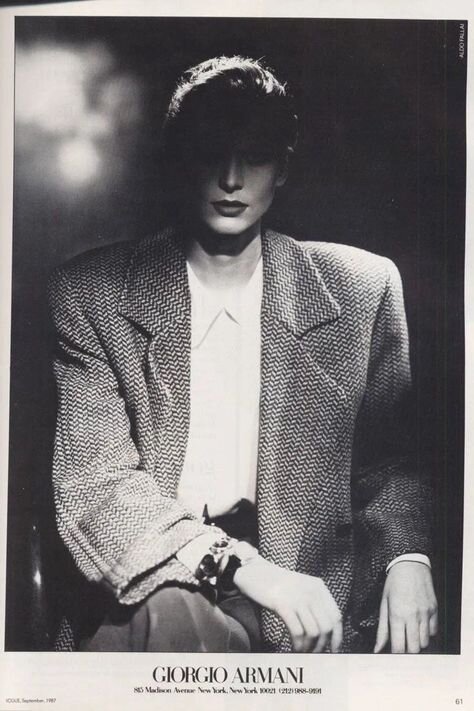The Evolution of Women’s Workwear
When I wake up in the morning, more often than not I have a very precarious decision to make: will I wear sweatpants or shorts to work today? Some days, I consider dressing to impress, but this consideration comes on very rare occasions. Thanks to the generations of women that came before me, I have the freedom to dress the way I want, even when in a professional environment.
In today’s society, acceptable and professional outfits for women within the workplace are owed to nearly 100 years of change within women's fashion history; bold women from each decade decided they wanted to break out of the fashion construct of being “Lady-Like”. For example, women in the 1920s concluded that corsets were much too suffocating, both physically and socially, within the realm of their newly gained rights.
The 1960s indicated more of a notable start to women wanting more freedom and expression in their workwear. In the 1960s, nearly half of the United States’ population was under the age of 18! So, who better to test a patriarchal society’s limits than the young-adult women entering the workforce? Modesty was still the policy within the workplace in the ‘60s, but as the decade changed, women’s workwear did as well. In the ‘70s, women strived to change a society that was consumed by toxic masculinity. Women wanted to start wearing pants to work. Yes, pants. And it was a huge controversy! Women were pouring into the workplace and making their own rules about what they wanted to wear. With an abundance of women’s liberation movements occurring in the ‘70s, women were feeling powerful. The empowerment of women and their movement birthed the power suit. Today, we know that we don’t have to dress masculine or feminine to define ourselves, but the women of the ‘70s had a playing field to even out; the power suit was truly the first-time women did not have to wear a skirt or dress to work. We can thank Giorgio Armani for his famous creation of power suits as they are still popular today (I’m looking at you, Kamala Harris).
As the big and the bold fashion trends continued through the ‘80s and died down through the ‘90s (Jennifer Aniston’s iconic minimal looks), we now enter modern day.
Current women's workwear is extremely volatile. Trends change every season, and professional dress wear is now an umbrella for a myriad of different styles. Women have so much freedom in their fashion. We have the ability to pull from previous pop culture fashion trends in every era while maintaining originality. Women are valiant figures in the professional world, so much so that wearing a pantsuit to work isn’t to challenge norms anymore, that’s just fashion, baby!
I am so thankful for the women who pushed the boundaries of fashion in the generations that came before me. Because of their effort, we are able to have more opportunity with our fashion choices within the workplace. I love to take advantage of this freedom when I am dressing for school or work. Although it might seem risky to dress a bit too over the top or a bit too casual in certain situations, the way people perceive you should not determine the way you dress. If someone is judging you based on your fashion choices, and not all the extraordinary factors that make you who you are, they probably aren't someone you want to work for or associate with anyways! Be bold and be you, always.
Strike Out,
Writer: Kendall Broglio
Editors: Lauren Cich and Marissa DeMaio
St. Augustine




